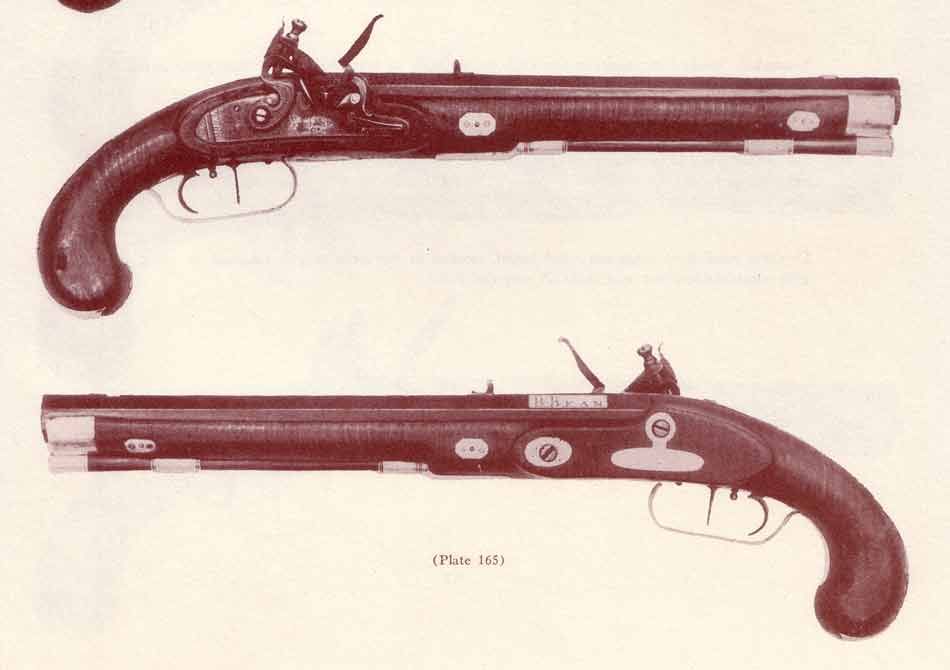I'll give this a try
Escutcheons can be functional, as is normally the case with wedge pins holding hooked breech barrels in place...the wedge pin slides through and is supported by the escutcheon plates that are mounted on the stock.
Escutcheons can be cosmetic where barrel pins are used, to cover/protect the stock wood immediately around he pin hole in the wood that the pins slide through.
I've seen two divided camps on the issue of removing pinned barrels for reasons such as:
1) If not careful, you can accidently booger up the wood around the pin holes using a punch to drive the pins in and out;
2) You can break the elatively long weak forestock without the barrel in it to give the wood strength, etc.
Personally, I've tried cleaning barrel both ways and have arrived at the following conclusions:
1-Ans)
Pins on my fullstocks can be "pushed" out 1/4"-1/2" easily just by gently & carefully using the tip of a proper size pin-punch...I start them all out, flip the ML over to its other side and "pull" the pins the rest of the way out.
I stick the pins in there exact order on to a piece of duct tape, to slide them back into the same holes from the same side I removed them.
2-Ans
I happen to use strong brass ramrods with my longuns and leaving it in the thimbles the whole time gives strong / rigid strength to the forestock while the barrel is out of it.
I have 3 longrifles and have removed / reinstalled the barrels for cleaning several times each.
And an added benefit that I see, the barrels get returned to their stocks with a fresh wipedown of lube on all the underside flats.
I have a waist high carpeted workbench with clearance all around it (carpeted plywood mounted on top of a large Craftsman rolling tool chest) and it makes for a clear easy work space.
I'm not suggesting that anybody should do what I do...just explaining what I do and how I do it.







